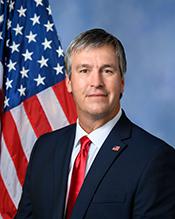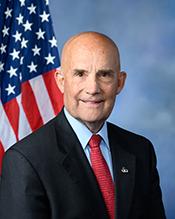0
Feral Swine Eradication Act
2/5/2024, 11:45 AM
Summary of Bill HR 3984
The bill aims to provide funding and resources to federal, state, and local agencies to implement programs and strategies for the eradication of feral swine populations. This includes the development of control methods, such as trapping and hunting, as well as research into more effective ways to manage and reduce feral swine numbers.
Additionally, the bill emphasizes the importance of collaboration between government agencies, landowners, and other stakeholders in order to effectively address the feral swine problem. It also highlights the need for education and outreach efforts to raise awareness about the negative impacts of feral swine and encourage public participation in eradication efforts. Overall, the Feral Swine Eradication Act seeks to combat the growing threat of feral swine populations in the United States through coordinated and strategic efforts at the federal, state, and local levels. By providing funding and support for eradication programs, the bill aims to protect agriculture, natural resources, and communities from the damaging effects of feral swine.
Congressional Summary of HR 3984
Feral Swine Eradication Act
This bill reauthorizes the feral swine eradication and control pilot program and removes the pilot program designation. This Department of Agriculture (USDA) program responds to the threat feral swine pose to agriculture, native ecosystems, and human and animal health.
The bill also directs USDA to require the Animal and Plant Health Inspection Service (APHIS) and the Natural Resources Conservation Service (NRCS) to continue monitoring an area for reoccurrence of feral swine for one year after USDA determines that feral swine has been eradicated from an eligible area.
The current even distribution of the program's funds between APHIS and the NRCS is amended to allocate 60% of the funds to APHIS and 40% of the funds to the NRCS.
Further, the bill includes new reporting requirements, which direct APHIS and the NRCS to submit a joint report to Congress on the program. This report must be publicly available on USDA's website.




